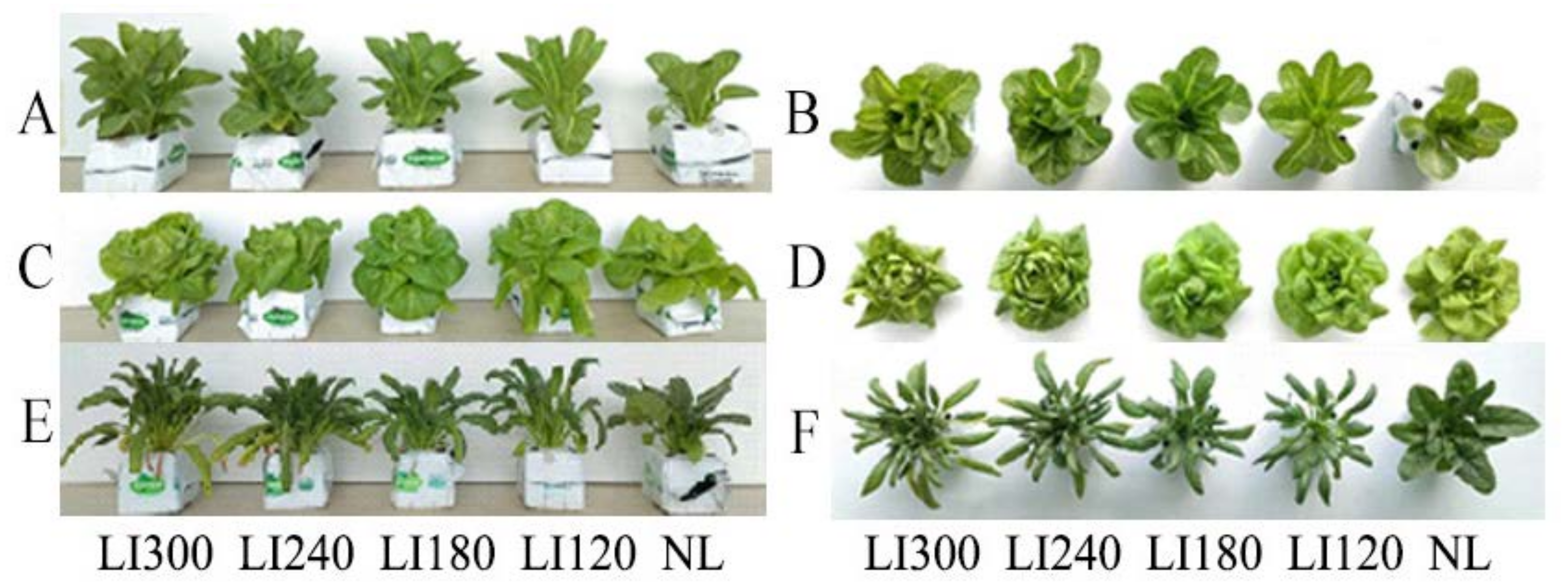
Source: ResearchGate
Concentrators
A concentrator is a type of solar cell designed to operate under higher illumination levels than standard solar cells. By focusing or guiding incident sunlight onto a small solar cell using optical elements, concentrators can achieve a high-intensity light beam. This design offers several potential advantages, such as the ability to reach higher efficiency levels compared to one-sun solar cells and potentially lower costs.
The short-circuit current of a solar cell increases linearly with light intensity. For instance, a device operating under 10 suns would exhibit 10 times the short-circuit current of the same device under one sun. However, this linear relationship does not lead to an efficiency increase, as the incident power also rises proportionally with concentration. The efficiency gains with concentrators mainly stem from the logarithmic relationship between the open-circuit voltage and short circuit current. Consequently, under concentration, the open-circuit voltage increases logarithmically with light intensity.
The cost of implementing a concentrating PV system may be lower than that of a corresponding flat-plate PV system due to the smaller area of solar cells required. However, efficiency benefits from concentration can be offset by increased losses in series resistance as the short-circuit current rises and by the elevated operating temperature of the solar cell. Losses due to short-circuit current increase with the square of the current, leading to power loss due to series resistance growing as the square of the concentration.
Low Light Intensity
Solar cells are subject to daily variations in light intensity, with incident power levels ranging from 0 to 1 kW/m2. At lower light levels, the impact of shunt resistance becomes more significant. As light intensity decreases, the bias point and current passing through the solar cell also decrease. The equivalent resistance of the solar cell may approach the shunt resistance level. When these resistances become comparable, a higher fraction of the total current flows through the shunt resistance, increasing the fractional power loss due to shunt resistance.
During cloudy conditions, a solar cell with a high shunt resistance retains a larger portion of its original efficiency compared to a solar cell with a lower shunt resistance. Understanding these effects of light intensity variations and resistance characteristics is crucial for optimizing the performance of solar cells under different operating conditions.

Source: MDPI
